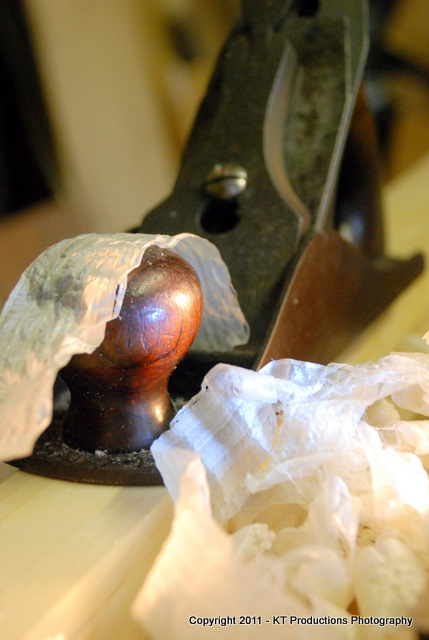Mr T
Established Member
Hi
I've just bought a Stanley 5 1/2 with a corrugated sole on ebay. I've not used one of these before and wanted to try one. Does anyone know why they were produced. It seems a good idea, less friction, easier to flatten (but possibly more prone to move). I suppose if they worked well there would be more of them around.
Chris
I've just bought a Stanley 5 1/2 with a corrugated sole on ebay. I've not used one of these before and wanted to try one. Does anyone know why they were produced. It seems a good idea, less friction, easier to flatten (but possibly more prone to move). I suppose if they worked well there would be more of them around.
Chris





































